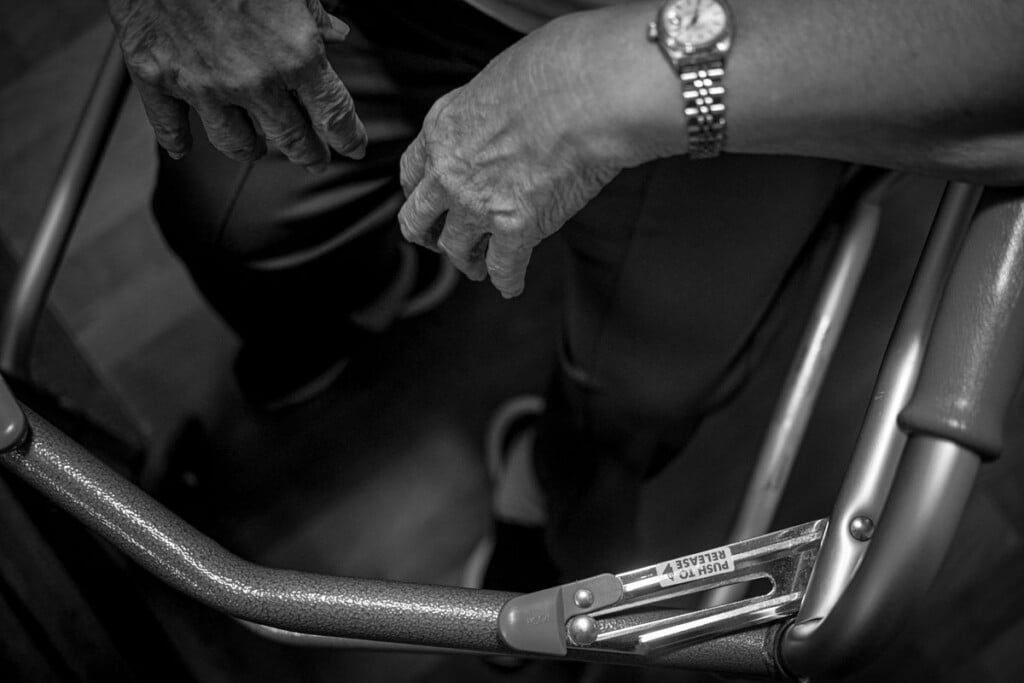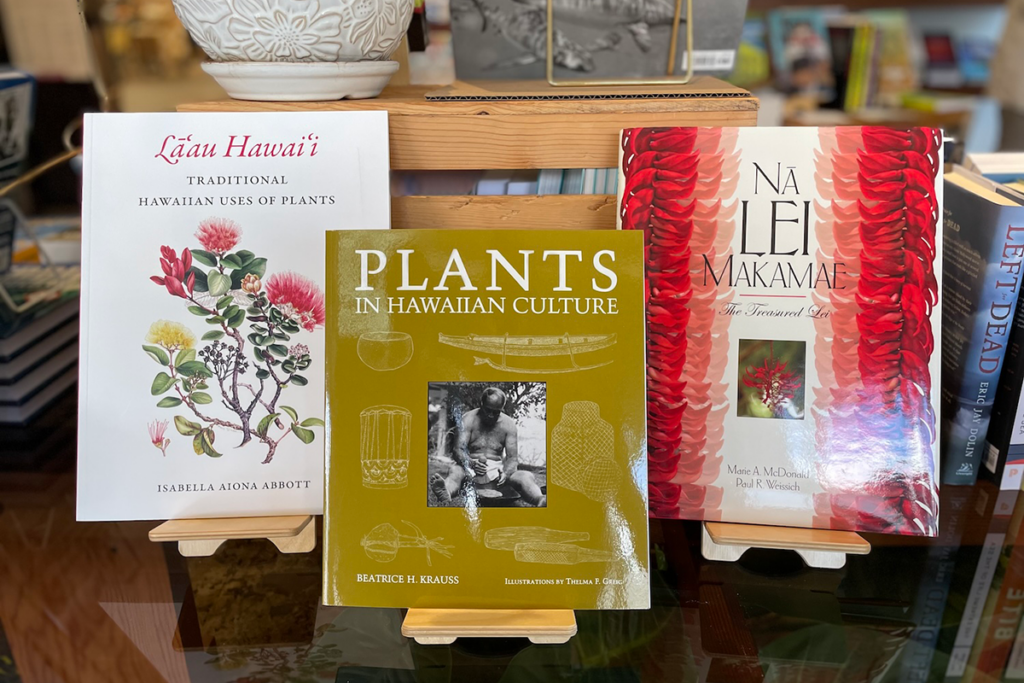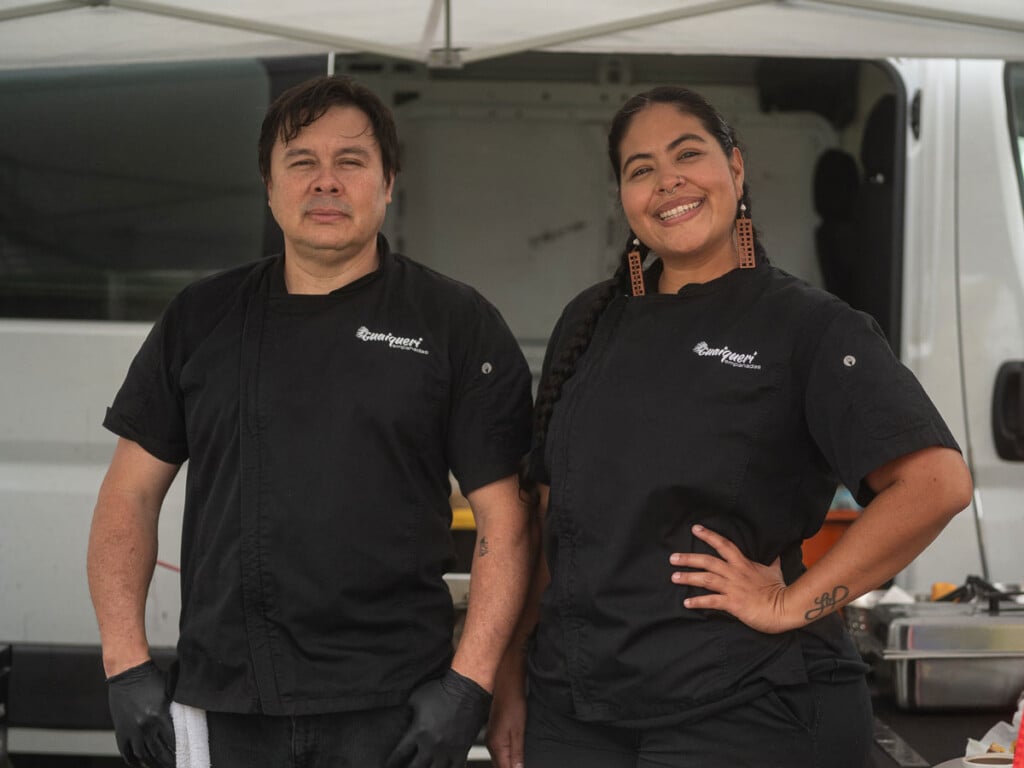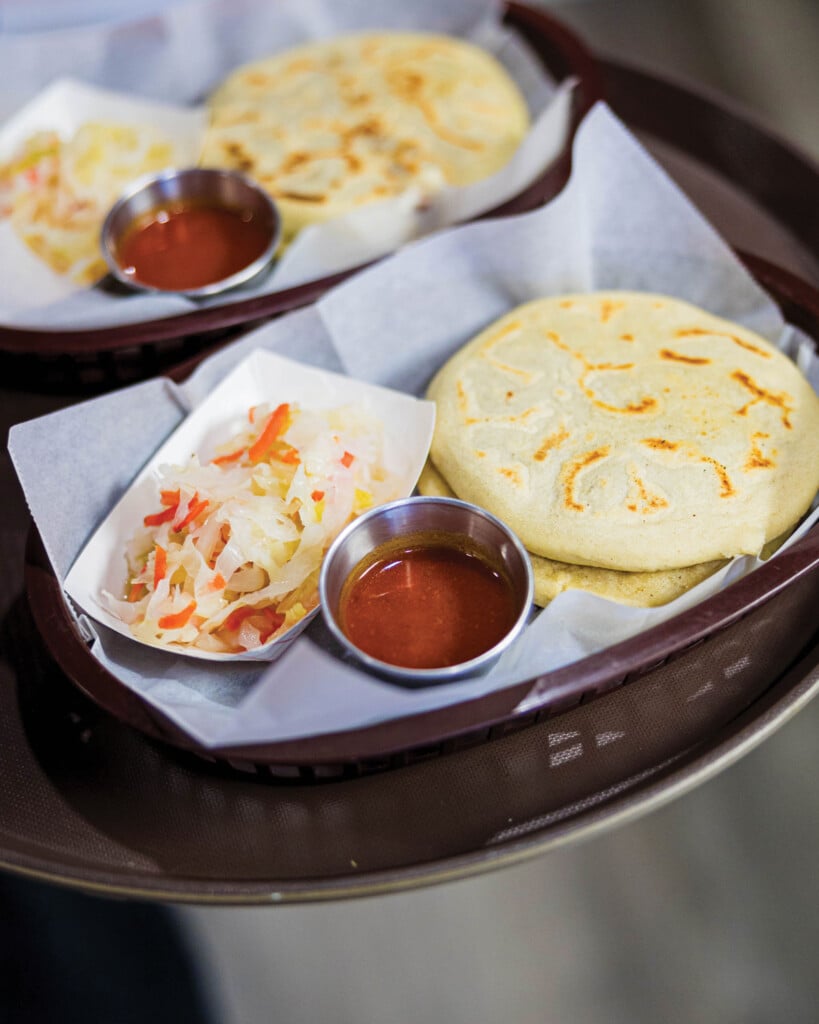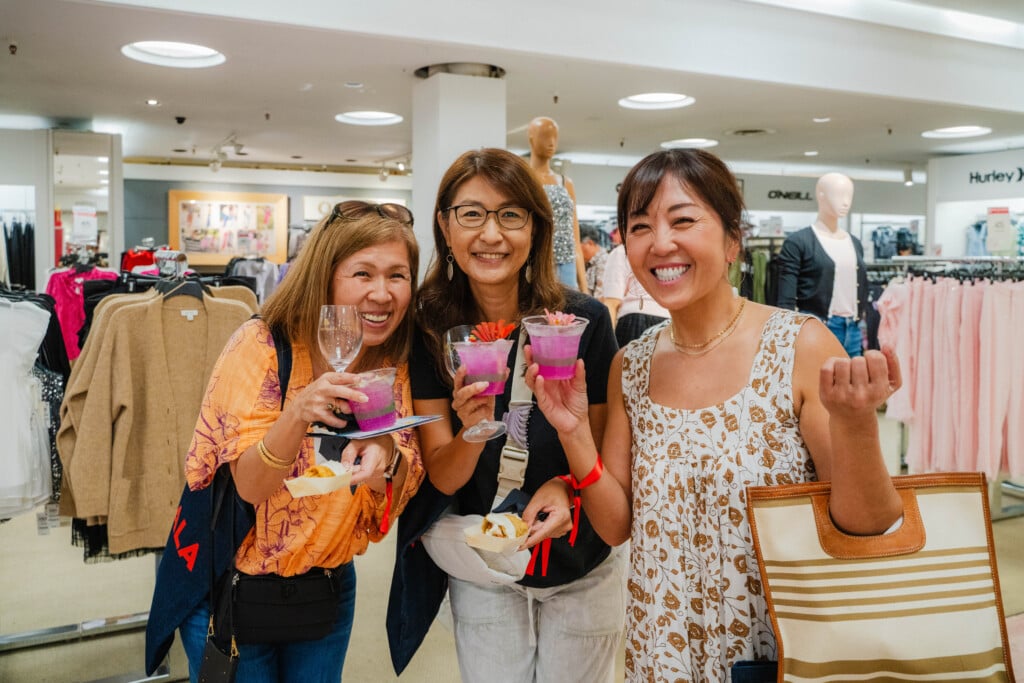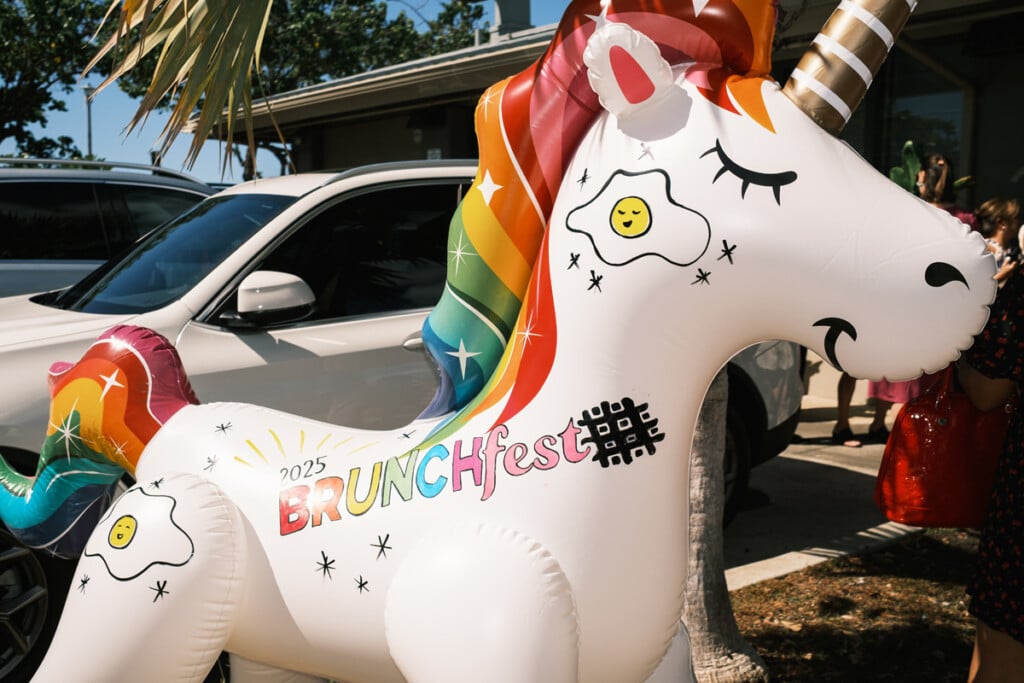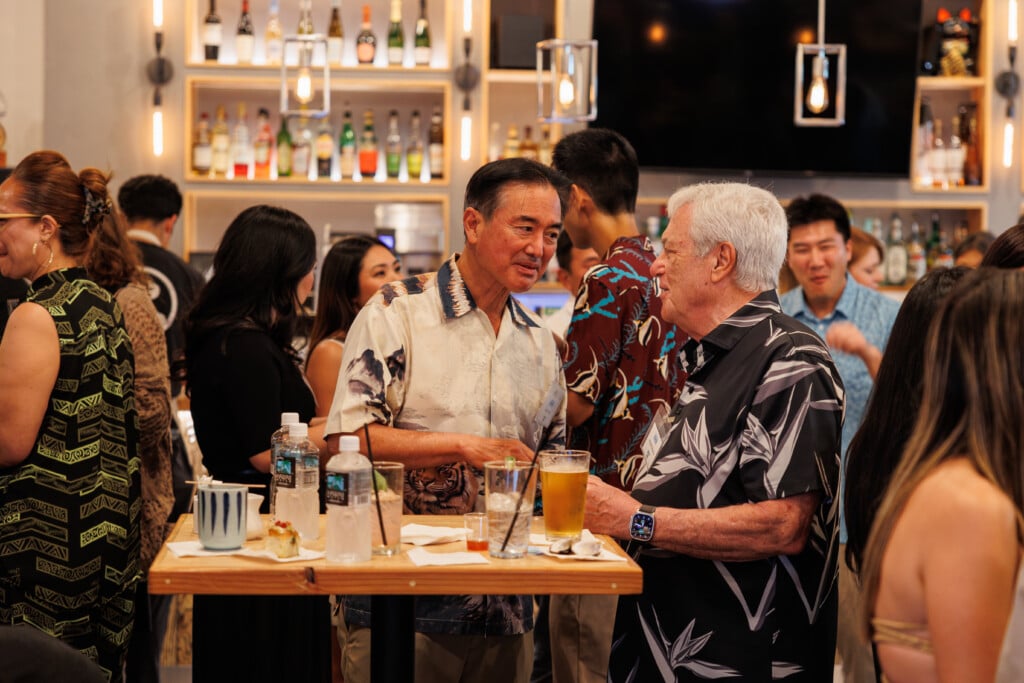What Should We Do About Our Parents?
As Hawai‘i’s population ages, younger generations are being tasked with caregiving. But the lack of resources poses significant challenges.
Dan Suzuki had a strained relationship with his parents while growing up. He still struggles at times to understand and get along with them, but says it was a “no-brainer” they’d move in with him when their health deteriorated.
But before 85-year-old Doris and 95-year-old David Suzuki relocated, renovations were required. Dan says he and his wife, Taciana Suzuki, were “brought to their financial limits” making senior-friendly accessibility upgrades to their older East O‘ahu home. There were other considerations. Taciana, a respiratory therapist, knew her in-laws would need help during the day, so she reduced her work hours to prepare meals, administer medications and more. It was also Taciana who told her husband that if they were going to do this, they’d need to give their all.
“I wanted to be present. I wanted to be here,” she says. “I wasn’t going to do it halfway.”
Roughly a year later, everyone in the household has stepped up, including the Suzukis’ two children—17-year-old Evelyn and 20-year-old Ramos—who help their mother with meals and keep their grandparents engaged through conversations and activities. Has it been easy? Not at all, Dan says with a chuckle. Every few minutes, Taciana jumps up to check the dinner she’s heating for her in-laws. Tasks never leave her mind.
But has it been worth it? For Dan, who’s healed a scarred relationship with his parents—he now acknowledges they did the best they could—the answer is simple: Yes.
“Our faith and our culture really tell us that we have to honor our parents,” he says. “We’re doing our best because it’s the right thing to do. But going about it is the challenging part. To take care of your aging parents, you’ve really got to know what you’re getting into. Going in with eyes open. There’s a better chance of succeeding if you’re a strong unit.”
SEE ALSO: 2025 Kūpuna Resource Guide
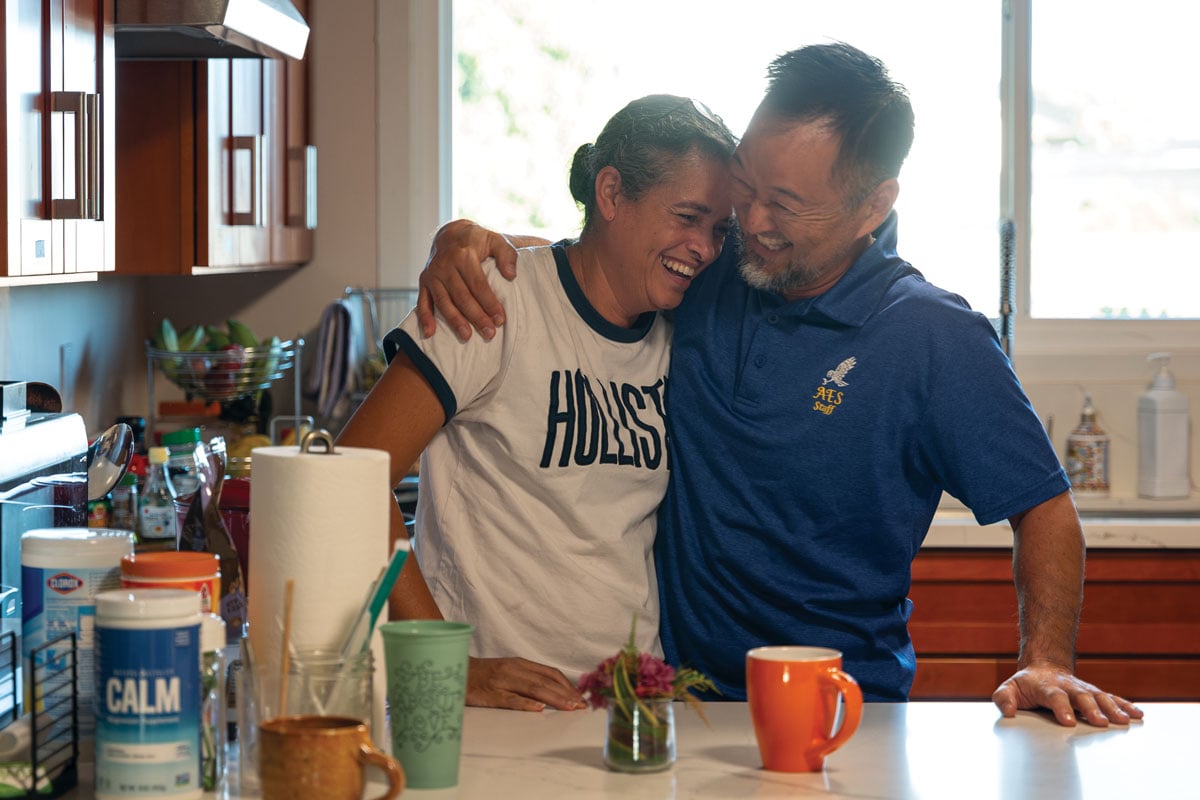
“To take care of your aging parents, you’ve really got to know what you’re getting into. Going in with eyes open. There’s a better chance of succeeding if you’re a strong unit.”
—DAN SUZUKI
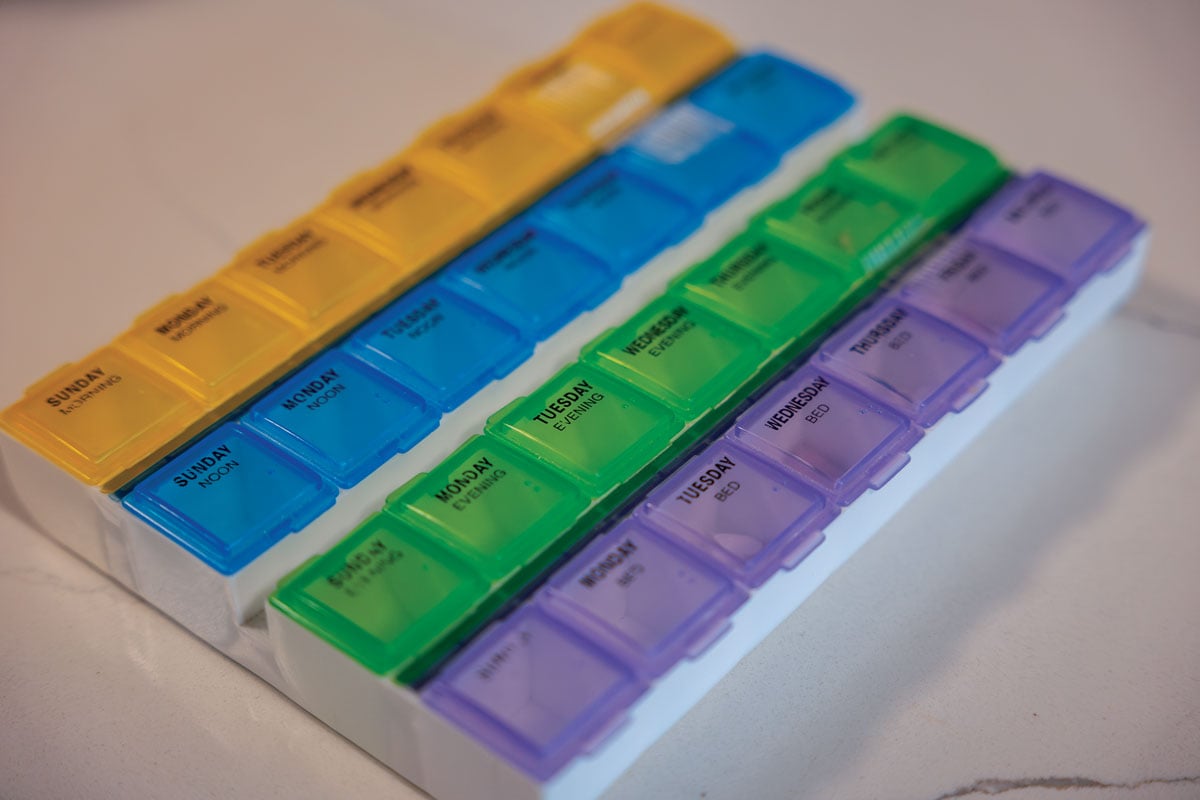
More Hawai‘i Families Are Caregiving
Tens of thousands of Hawai‘i households are riding the same roller-coaster, caring for aging parents or other relatives, and their numbers grow as the state’s population ages. In Hawai‘i, 1 in 5 residents are 65 or older; nationwide, it’s 1 in 6. And some 154,000 people in Hawai‘i count themselves as family caregivers, according to AARP, which estimates the value of their unpaid work at $2.6 billion annually.
The figures are important because the vast majority of Hawai‘i seniors are cared for at home by family. That’s partly linked to Asian and Pacific Islander cultures and long-standing beliefs that elders should be respected and looked after by younger generations. It’s also a product of the state’s high cost of living. Families here are accustomed to multigenerational living and caring for elderly relatives because it’s more affordable. Long-term facilities also aren’t feasible if funds are limited or there isn’t insurance to cover it. And even if family caregivers can afford a nursing home or other type of residential care facility, they might face a long waitlist for a bed.
The state has some 23 long-term care beds for every 1,000 people over 65, ranking 48th nationally on the metric. The national average is 47 beds per 1,000 people, figures show. A shortage of health care workers has exacerbated the problem, leaving some facilities unable to fill existing beds.
While policymakers and advocates say taking care of seniors at home is the gold standard, as it contributes to a better quality of life for people as they age, it also presents unique problems for families, many of which struggle to make ends meet while trying to fulfill obligations both at home and at work.
It’s why Hawai‘i’s Executive Office on Aging, the lead agency coordinating the state’s aging and caregiver services, is joining with organizations like AARP Hawai‘i and the Hawai‘i Family Caregiver Foundation to raise the alarm about burnout among caregivers and push for legislation to ease their burdens through a tax credit and expansions to family leave.
Our Graying Population
There’s particular urgency as Hawai‘i’s population ages. By 2040, the state estimates, roughly 25% of seniors in Hawai‘i will be 85 or older, from about 15% today.
Hawai‘i faces “significant challenges” with its paid caregiving workforce, both in homes and facilities, says Poki‘i Balaz, a geriatric nurse practitioner at Kōkua Kalihi Valley Health Center and director of strategic initiatives at the Maryland-based Center for Innovation, which seeks to improve eldercare.
To ensure family members can provide essential unpaid services, government and nonprofit organizations that serve communities need to provide additional support, Balaz says. And, she says, more people in Hawai‘i need to be encouraged to pursue caregiving careers. Balaz is a caregiver herself: Her father is in the end stages of Alzheimer’s disease, and both of her parents live with her. “While discussing policy and organizational strategies is important, we must also focus on the experiences and needs of caregivers on the ground. Addressing these gaps is crucial.”
Nicole Jorwic, chief of advocacy and policy for the national organization Caring Across Generations, says Hawai‘i is ahead of the curve in prioritizing eldercare, but agrees more should be done to support those providing it. “We have left family caregivers on their own with impossible choices between working so they can pay their bills and caring for their loved ones,” she says. Her organization is advocating for increased Medicaid funding so seniors can receive more help at home.
By 2040, the state estimates, roughly 25% of seniors in Hawai‘i will be 85 or older, from about 15% today.
A Sudden Life Change
Taciana Suzuki pored over parenting books before she had her children. She got no such guidance when it came to her in-laws. “It was learn on the job,” she quips, adding that it hasn’t been easy. Along the way, there have been bumps. Her father-in-law once forgot to turn off the stove. Meanwhile, her mother-in-law suffers from osteoporosis, uses a walker and is prone to falling. “I have to have patience with them,” Suzuki says, “and still have to be there for my kids.” What buoys her spirits is her in-laws’ gratitude. “They’re always thanking me,” she says.
AARP Hawai‘i’s state director, Keali‘i Lopez, says the responsibility of caregiving most often falls on women, requiring some to reduce their work hours or quit their jobs, which can cause financial hardships. It also can derail careers or negatively impact retirement savings and future Social Security payments.
In some ways, the pandemic offered some caregivers a reprieve, allowing them to work from home while tending to family members. But many have been called back to work, and employers aren’t required to accommodate employees with adult parents at home.
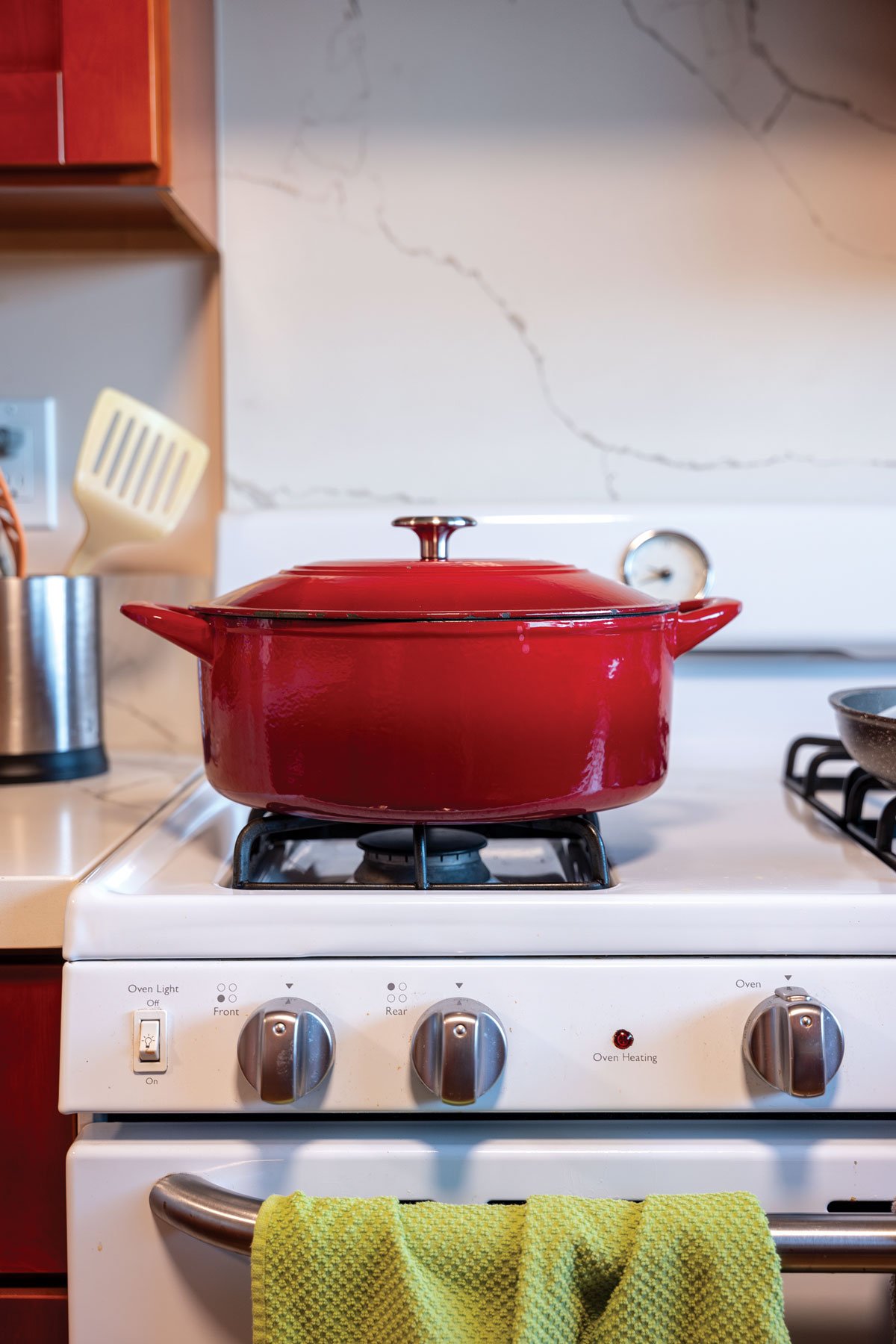
Looking After Parents While Juggling Busy Lives
Parent caregiving most frequently falls on the “sandwich generation—30- to 55-year-olds who are often raising children and building careers of their own, according to Caroline Cadirao, director of Hawai‘i’s Executive Office on Aging. Looking after an aging parent on top of everything else, she says, can be overwhelming and isolating, especially for someone who might not be getting additional support.
She speaks from experience. Cadirao is the primary caregiver for her 89-year-old father, who has dementia, and her 82-year-old mother. She says adult day care for her father is a “godsend” and that it gives her peace of mind while she’s at work. Previously, he was staying at home during the day under her mother’s care. “My mom was pulling out her hair,” Cadirao says.
Cadirao’s personal challenges helped inform her advocacy, including a call to provide a stronger support network for families. She says it’s essential for Hawai‘i to offer more respite and adult day care services and to boost awareness of the programs that are available.
Every family’s situation is unique when it comes to eldercare. While some caregivers see their responsibilities increase progressively as their loved ones age, others reach a breaking point, especially after a parent or relative suffers a serious health issue. Families, especially primary caregivers, must be ready for either scenario, Cadirao says, but most aren’t.
“That’s the hard part: opening up that discussion to find out what their wishes are. I think it’s important, especially if cognition is starting to slip. We get a lot of calls from people and sometimes, they’re at their breaking point, and we feel so bad.”
How Government Can Help Families
Lopez and other advocates are pushing lawmakers to support a dramatic expansion of paid family leave to include caregivers of adults. According to AARP, only 13 states have or have passed government-mandated family leave insurance programs, and Hawai‘i is not one of them. Nor has it instituted a voluntary opt-in for employers, now available in nine states.
When caregivers leave the workforce, employers lose talent and must allocate resources to train new employees, Lopez says. Paid family leave actually helps employers, she argues, by allowing a caregiver to remain in the workforce once their situation has stabilized. “If you can make it possible for an employee to take time off to care for a loved one, that’s an employee who will stay,” she says.
Hawai‘i lawmakers made national headlines in 2017 when they launched the Kūpuna Caregivers Program, which provides $70 a day to caregivers who work at least 30 hours a week. The money was designed to help them stay in the workforce, covering services like adult day care or paying for part-time home health care workers. The pilot program, however, hasn’t been consistently funded and covers just a tiny fraction of the need.
Adult day care can typically range from $80 to $110 a day, while respite care, an overnight service for caregivers, can cost upward of $450 a day, says Keola Dean, CEO at Lunalilo Home, a nursing home that also offers day and respite care.
The charges soar for more intensive services, topping more than $100,000 a year on average for nursing home care, national figures show.
“If our young people keep leaving, there won’t be folks here to care for our loved ones unless the young people move back home.”
—Keali‘i Lopez
Communication Within a Family Is Key
Lopez says family communication and planning can also ease the burden. Aging adults should prompt conversations with loved ones about their wishes and come up with a financial plan, she says. “Everyone knows they’re going to be getting older, but people don’t plan for it,” she says. “They aren’t thinking, ‘What’s going to happen if I’m going to need care? How do I ensure my family is prepared?’”
AARP Hawai‘i offers workshops throughout the year to help seniors and their families navigate such conversations. Lopez says organizations, from Catholic Charities Hawai‘i to the Alzheimer’s Association, are also ready to lend support with everything from medical directives to daily needs.
It’s difficult to talk to an aging parent about finances and end-of-life choices, but those discussions are critical to easing any hardships or emotional distress later, says Patricia Mayes, Lunalilo Home’s director of nursing.
To help families determine the services needed, and what’s available, Lunalilo conducts in-home assessments. “It’s important to plan for the care and assistance we’ll need as we continue to age—and with a plan designed to fit our lifestyle and our choices,” Mayes says. “It’s never too early to start considering what’s right for you and start looking at how you’ll fund that long-term care.”
Lopez says by eliminating stress, families can focus on the special joy of helping a loved one. She advocates for younger family members, especially teens, to lend a hand. “One of the things we try to do is protect our children from having the burden of caring for their grandparents, and I think that’s a mistake,” she says, adding that her own children help with care.
Before Lopez’s mother died in 2023, she had dementia and other health problems that required round-the-clock vigilance at home. “Mom wasn’t the easiest,” Lopez says. “But we had the wonderful, wonderful pleasure of being able to interact with her all the time.”
Hawai‘i’s High Cost of Living Adds to Difficulties
Dean says one of the greatest financial worries for local families is the lack of affordable housing. “Families that are housing their kūpuna—oftentimes, they’re renting instead of owning,” he explains, and that can be a worrisome strain as rents rise or if families are forced to relocate. He tells of families who decide to leave the Islands because of the cost of living; sometimes, he says, their elderly loved ones don’t want to move, so they’re left behind.
Indeed, the exodus of Hawai‘i families in search of opportunities and affordability is of enormous concern in the caregiving community, and the lack of affordable housing is AARP Hawai‘i’s top policy priority, Lopez says.
Why? For one, “If our young people keep leaving, there won’t be folks here to care for our loved ones unless the young people move back home,” Lopez says, adding that those same young people are the paid caregiving workforce today—and tomorrow.
Kathy Wyatt, president of the Hawai‘i Family Caregiver Coalition, says the shortage of workers in caregiving roles is already acute and worsening. Wyatt is also president and founder of Hale Hau‘oli Hawai‘i, which provides adult day care at O‘ahu facilities. She often sees families in over their heads, struggling to make it day to day.
“Caregiving is a wonderful thing,” she says. “But a huge percentage of caregivers don’t pay attention to their own health. That’s why I’m passionate about day care.” At Hale Hau‘oli Hawai‘i, “the caregiver gets some much-needed respite” and the person being cared for gets to be around their peers.
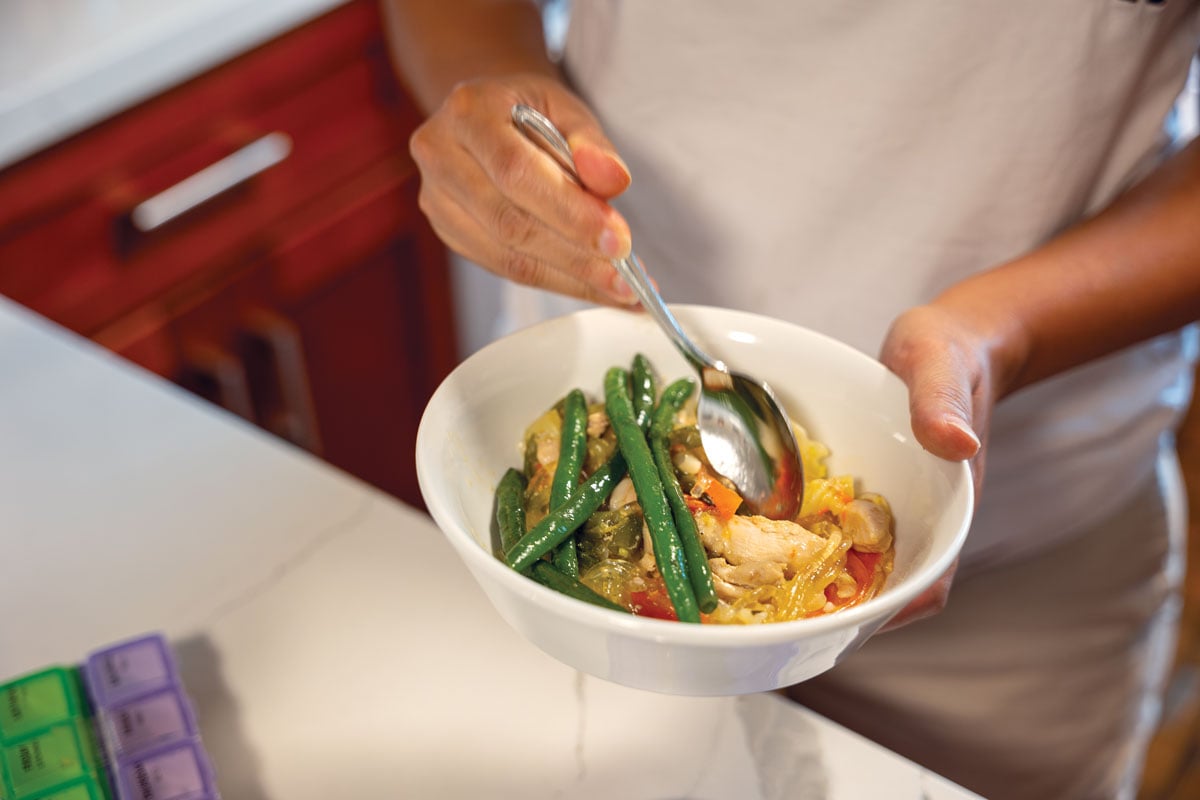
Changes for the Better
The Suzukis have a newfound appreciation for their circumstances as well. Dan Suzuki attests to growing as a person. And while he can’t change his parents, he understands them better. “No matter what I tell my parents, they’re going to be the same people that they were yesterday, 10 years ago, a month from now,” he says. “I have to accept them for who they are. I know who they are. So, it’s really about me changing myself, my temperament.”
The youngest Suzuki, Evelyn, also sees the positives of living as an extended family and helping her mom with meals, laundry, whatever she can do. For one thing, she’s become more tolerant of those with different opinions. She describes her grandparents as “very conservative” and used to doing things traditionally. While she doesn’t always agree with them, she’s come to enjoy the “small things,” like chatting with her grandmother.
Taciana Suzuki relishes those moments, too. After the breakfast dishes are cleared and medications are doled out, she carves out space for conversations. “We have to keep a schedule to get everything done. The days are busy,” she says. “But I still make time to share their stories or hear their experiences.”
Says Dan: “We’re not holding hands and laughing every day at dinner. But this has been like a second chance to settle things. I want to limit my regrets in life, and while I’m messing up left and right, it’s a lot less these days. We’ve created an understanding.”



